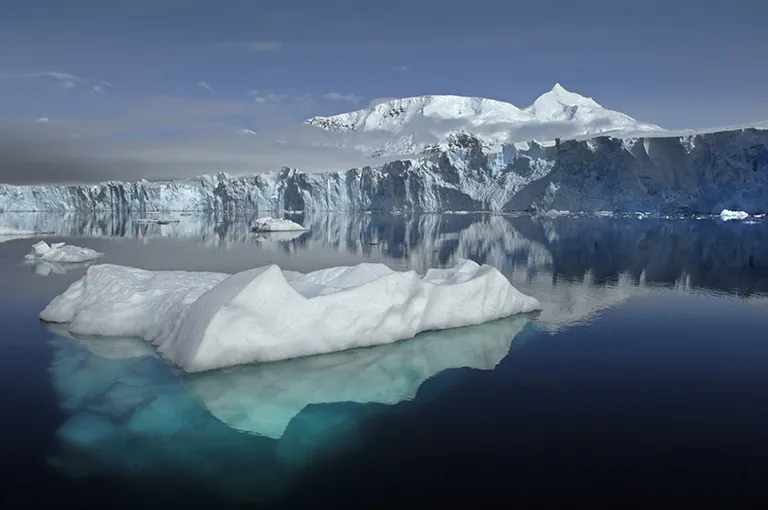Researchers have solved the puzzle surrounding a massive hole that formed in Antarctica’s sea ice nearly eight years ago. This unusual phenomenon, known as a polynya, first appeared in 1974, disappeared after two years, and then reappeared in 2016 and 2017, much to the surprise of scientists.
Named the Maud Rise polynya in the 1970s due to its location above an underwater mountain in the Weddell Sea, this gaping hole was an anomaly, forming far from the coastal regions where polynyas typically occur.
Dr. Aditya Narayanan, lead author of the study and a Postdoctoral Research Fellow at the University of Southampton, explained that while the polynya was discovered decades ago, its sporadic appearance since the 1970s puzzled researchers, with the most significant event observed in 2017.
To understand how the polynya formed, scientists analyzed sea ice maps, data from marine animals, and computer models. They identified Ekman transport as a crucial factor, wherein wind-driven currents brought salt to the surface, facilitating ice melting.
Professor Alberto Naveira Garabato from the University of Southampton, a co-author of the study, highlighted the importance of Ekman transport in sustaining the salt and heat balance necessary for the polynya’s formation.
While polar cyclones were speculated to enhance Ekman transport, the exact mechanism remains unverified.
The study also raises concerns about the long-term impact of polynyas on ocean dynamics and sea levels. Professor Sarah Gille from the University of California, San Diego, emphasized that polynyas can significantly alter water movement and heat distribution, potentially affecting global ocean currents.















































